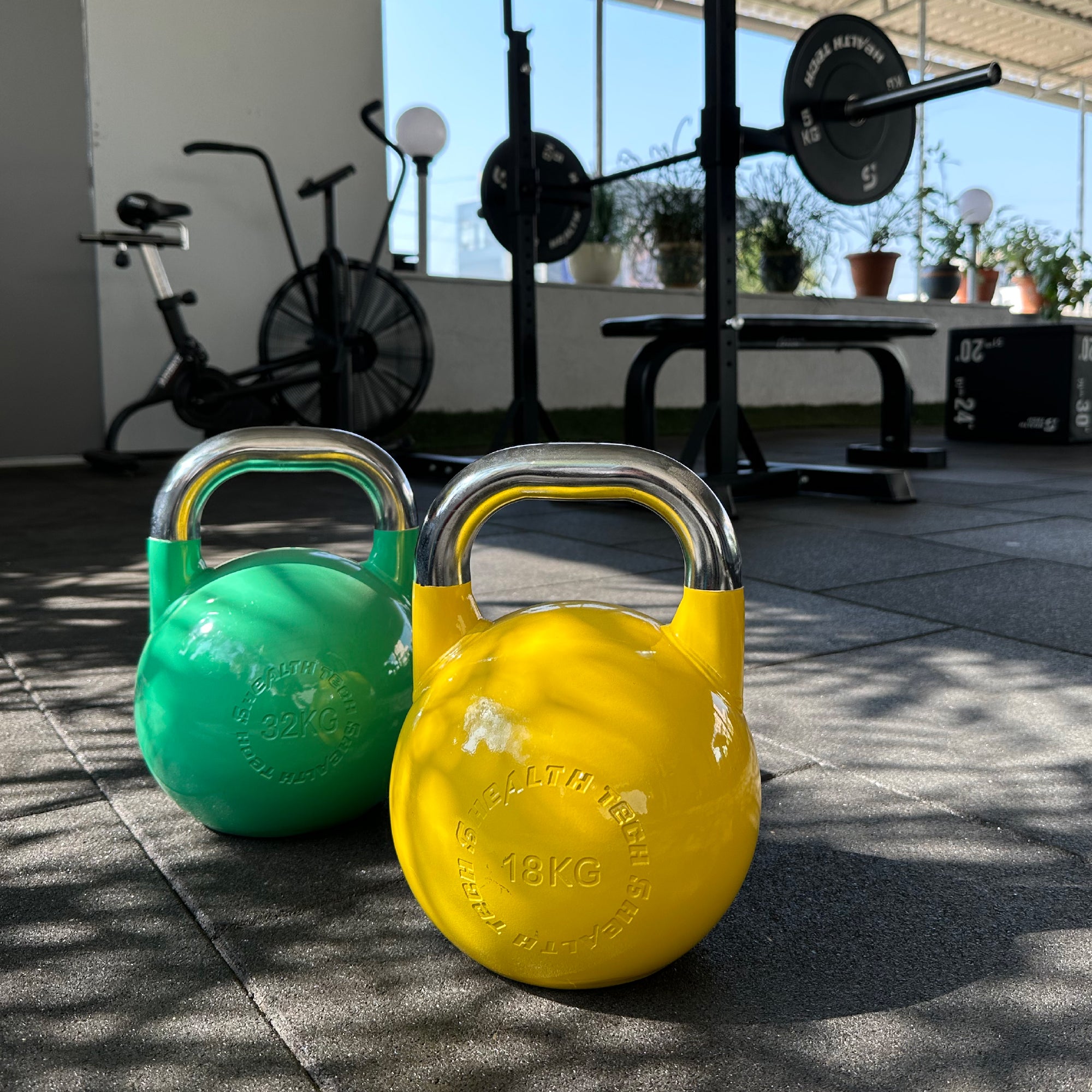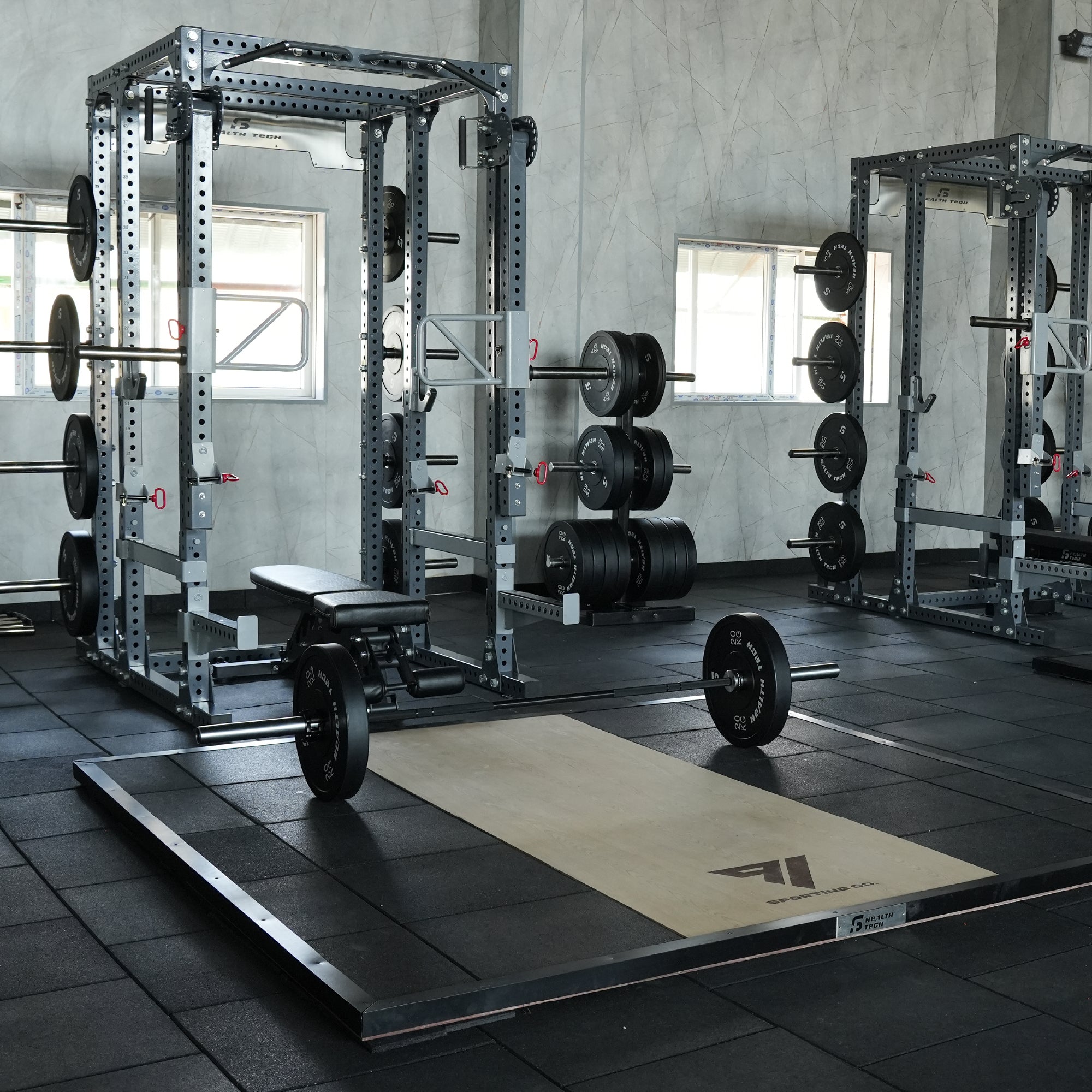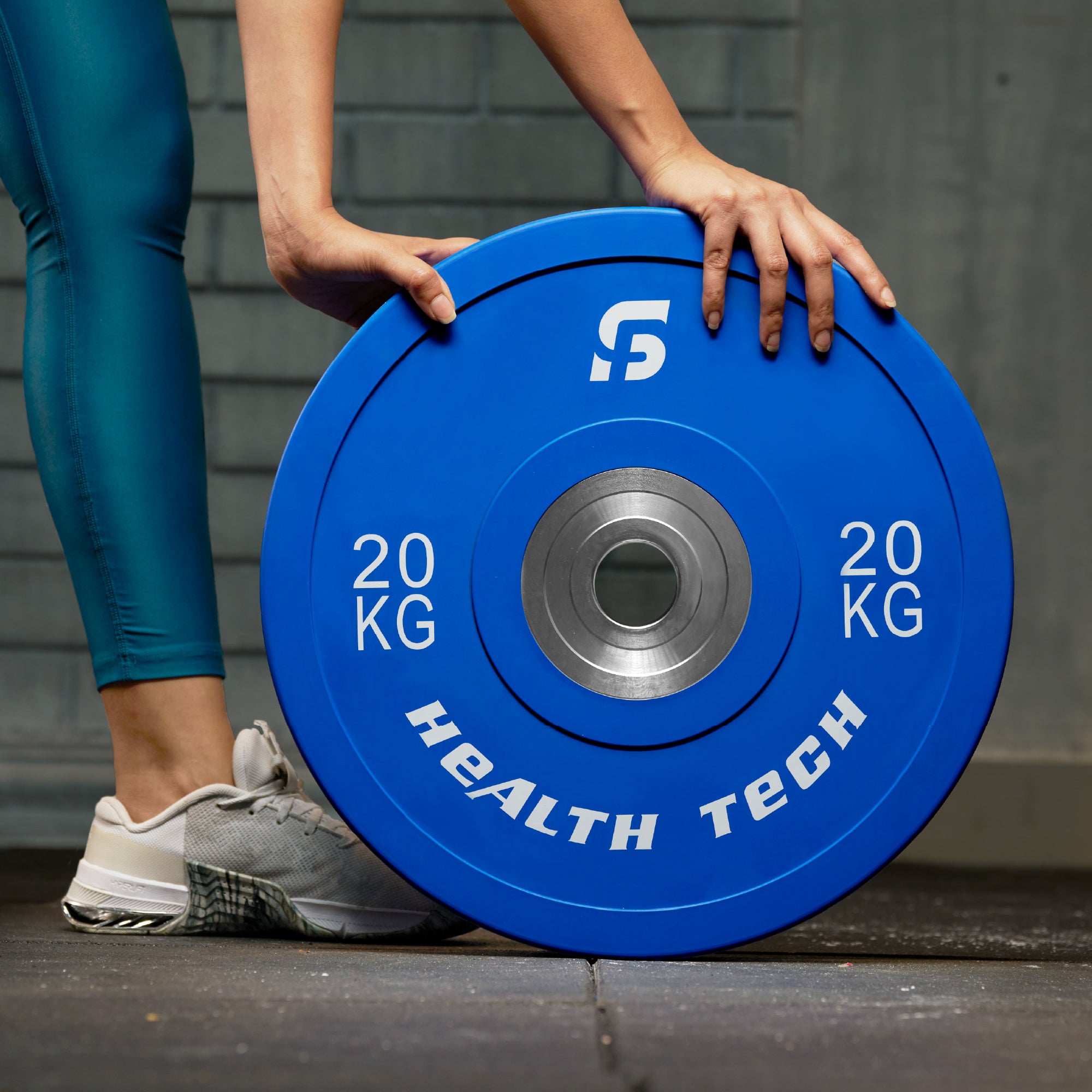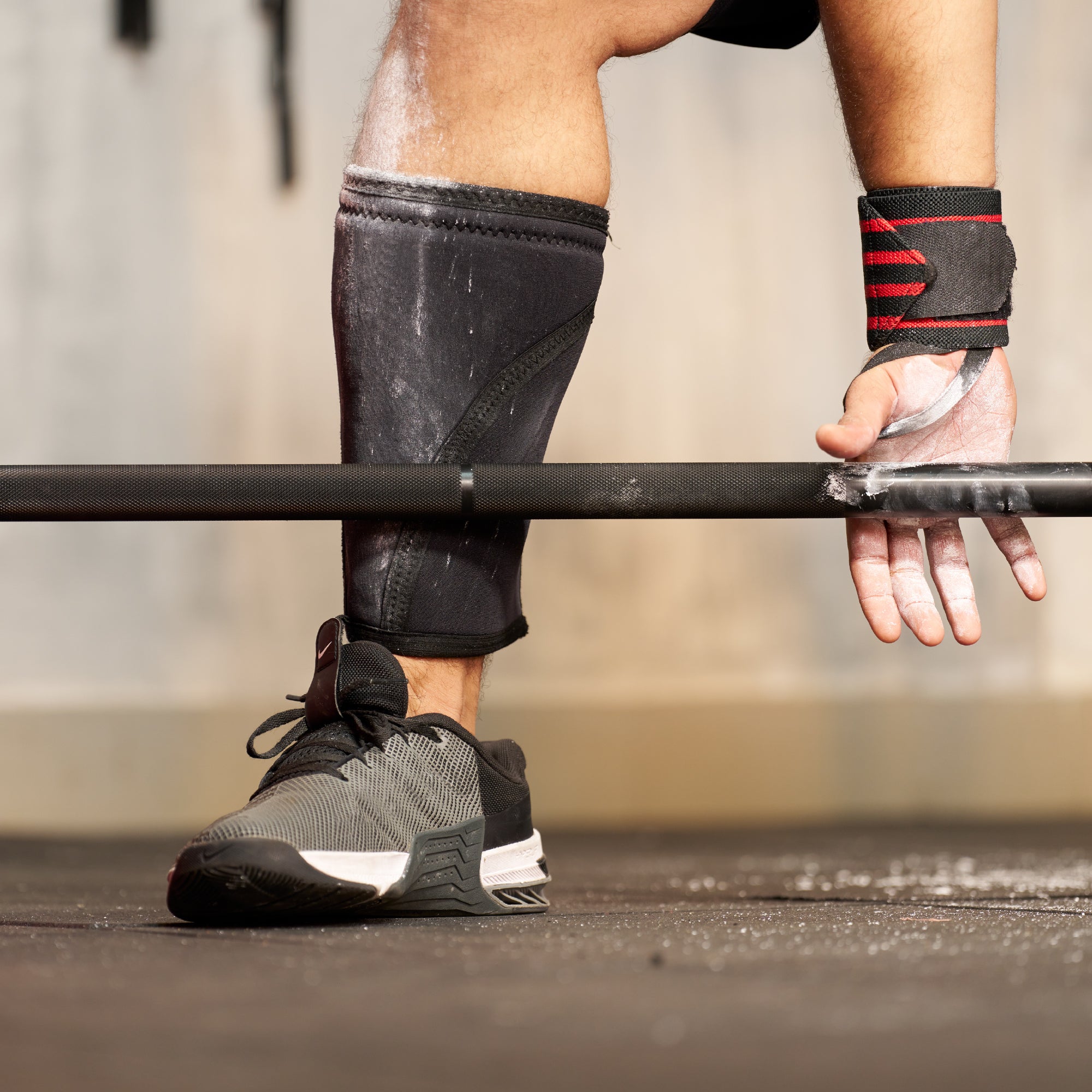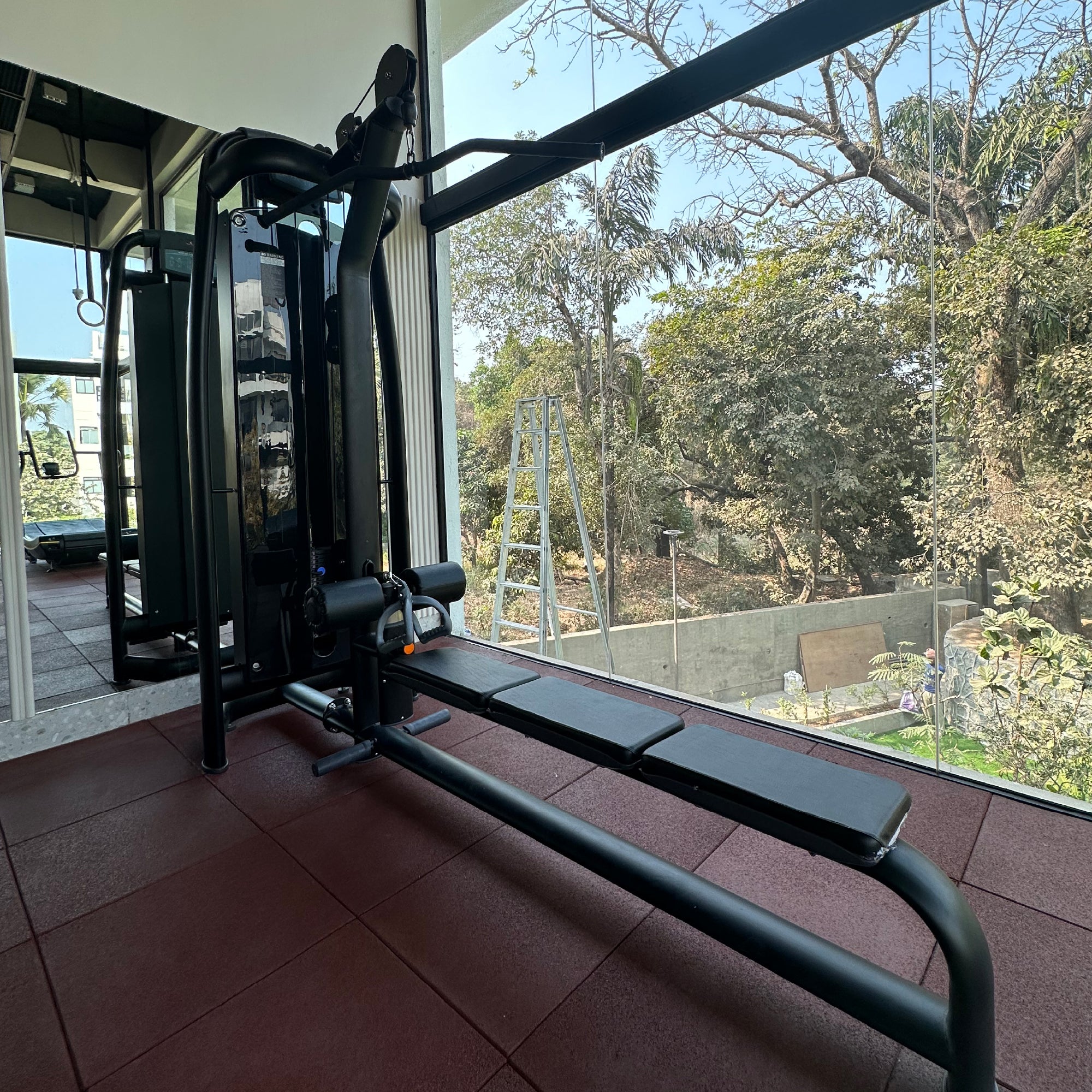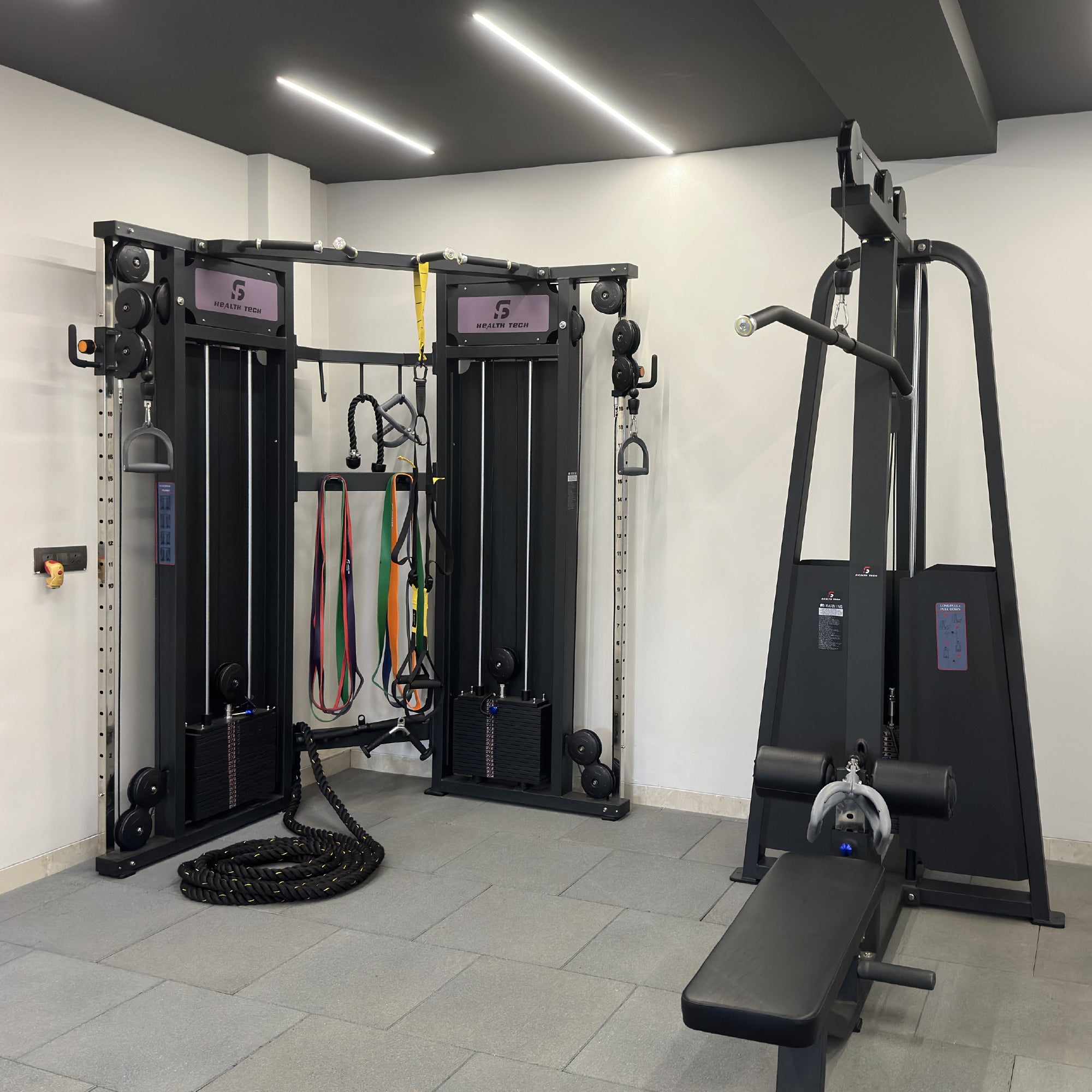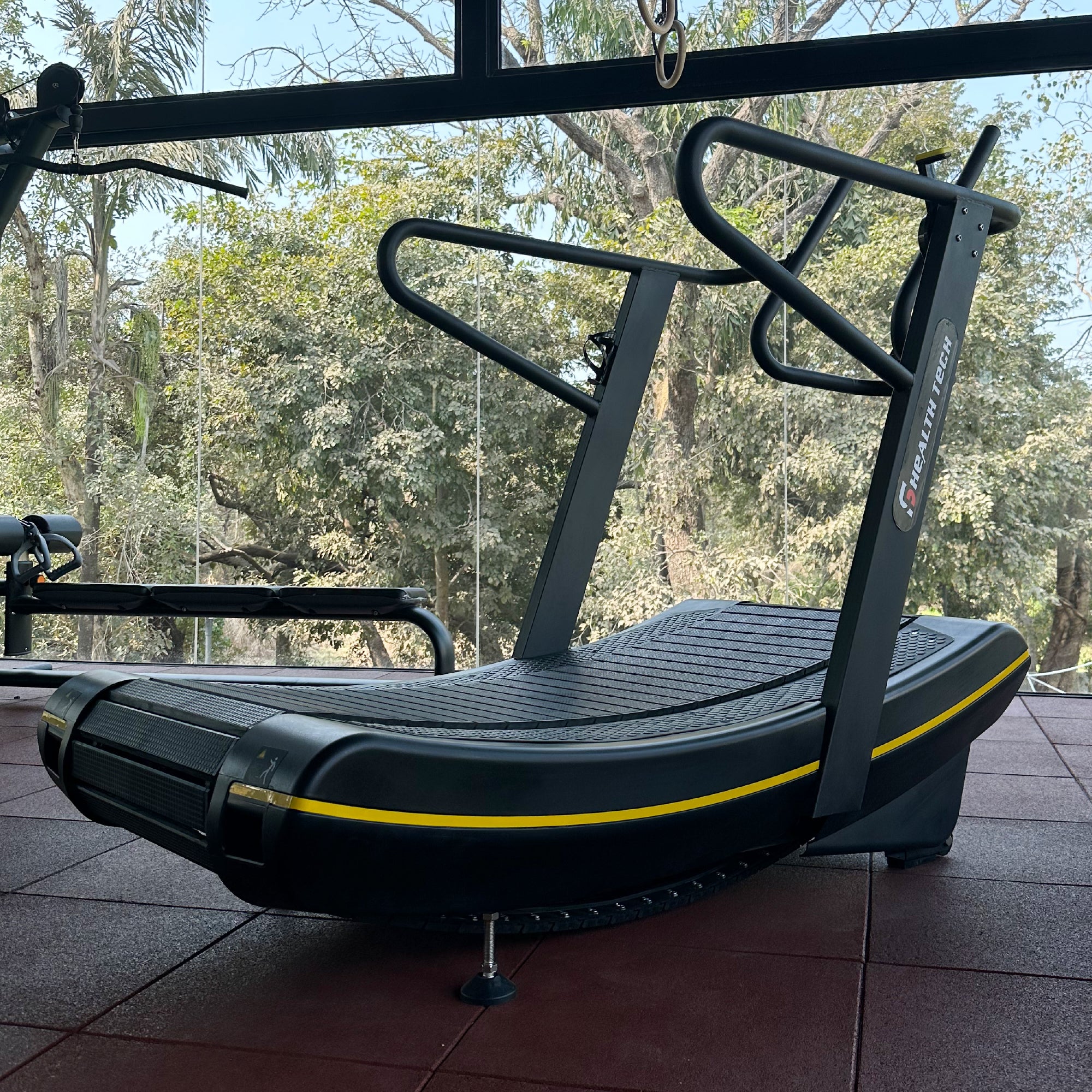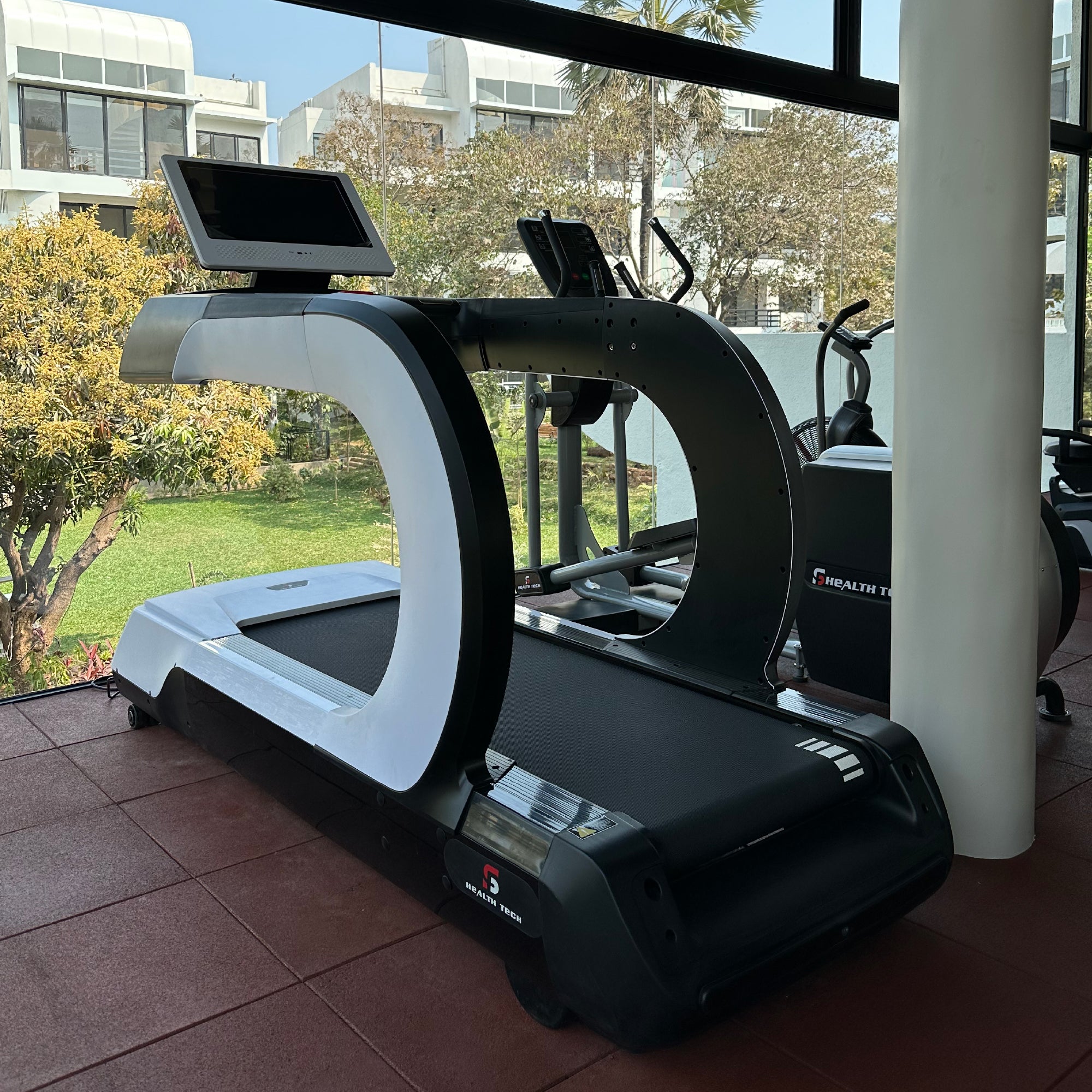15 Best Kettlebell Exercises For a Full-Body Workout
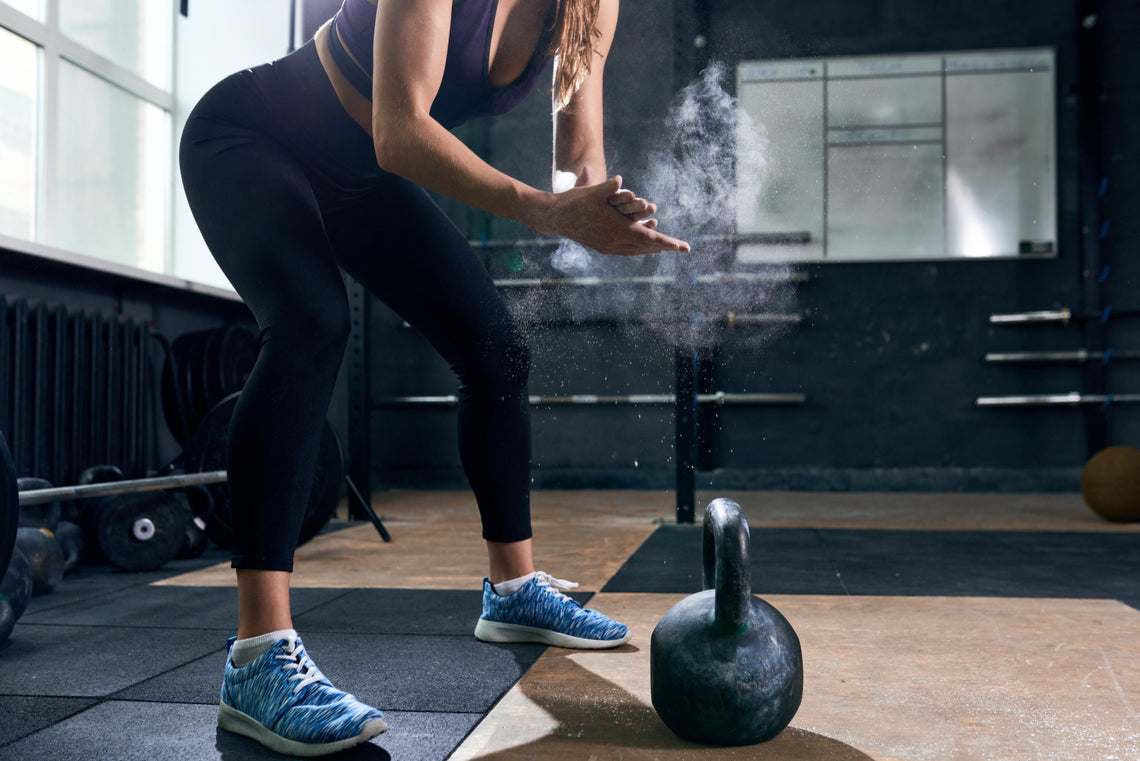
Kettlebell exercises work multiple muscle groups at once, giving you a good workout for your arms, legs, and core in a short time. They can help improve both strength and cardiovascular fitness.
Trying out new exercise equipment can add some excitement to your routine and might even give you the push you need to start getting fit.
Kettlebells, which look like cannonballs with handles, have become a favorite choice for strength training, offering a change from the usual weights and machines.
Originally used as tools on farms in Russia, kettlebells became popular for exercise after strongmen started using them to show off their strength.
With kettlebells, you can work out your whole body or focus on specific areas. We'll explore some kettlebell exercises in this blog to help you get started or add new moves to your routine. Whether you're new to kettlebells or looking for fresh ideas, we've got you covered. Stick around to learn about kettlebell techniques, benefits, precautions, and safety tips.
What is a Kettlebell Workout
Kettlebell exercises are a great way to build muscle, improve your heart health, and work on your coordination. But for beginners, it's important to focus on proper form and technique before grabbing the heaviest kettlebell. Take your time to learn the basic movements and keep your core engaged, back straight, and movements smooth and controlled.
Safety always comes first. Choose a weight that lets you keep good form throughout your entire workout. Don't be afraid to start light and gradually increase the weight as you get stronger. Listen to your body and take rest days when you need them. If you feel any pain, stop the exercise and talk to a doctor or certified trainer.
Choosing Your Kettlebell Weight

The right kettlebell weight depends on your experience level. Here's a starting point to help you choose:
- Beginners (Women): Look for a kettlebell between 2.5kg and 7kg. This weight range will help you focus on learning the movements properly without risking injury.
- Beginners (Men): Men can usually start with a bit more weight, between 5kg and 10kg. This is still a challenging weight for learning the exercises, but manageable.
As you get better, you can slowly increase the weight.
- Intermediate/Advanced (Women): Once you're comfortable with the basics, you can move up to kettlebells in the 10kg to 15kg range.
- Intermediate/Advanced (Men): For intermediate to advanced men, kettlebells between 12.5kg and 25kg are a good option. Remember, it's always better to start lighter and work your way up to avoid getting hurt.
Benefits of Using Kettlebells
Using kettlebells for workouts offers a practical and effective way to boost fitness and health, with research showing broad benefits across different groups.
-
Dual Impact
Kettlebell exercises provide a double benefit by working on both strength and cardiovascular fitness. Studies from 2019 demonstrate significant improvements in strength, aerobic capacity, and overall physical fitness with kettlebell workouts. Plus, compared to other resistance training methods, kettlebell routines are just as effective in enhancing cardiorespiratory fitness and muscle strength.
-
Improved Balance and Stability
Beyond strength and cardio gains, kettlebell routines also enhance balance, stability, and posture. Research, like a 2020 study involving female ballet dancers, highlights the positive effects of kettlebell training on balance and jumping ability, surpassing traditional dance training outcomes.
-
Benefits for Seniors
Kettlebell training emerges as a valuable tool for older adults, offering muscle mass restoration and increased grip strength, according to a 2018 study. Additionally, resistance training with kettlebells and elastic bands appears to reduce inflammation levels in older adults, as noted in a 2021 study, indicating potential health benefits for this demographic.
-
Cost-Effectiveness
One of the key advantages of kettlebell workouts is their affordability and accessibility. Requiring minimal equipment—just one or two kettlebells—and modest space, they offer a budget-friendly exercise option that can be easily integrated into various settings.
Best Kettlebell Exercises for Men & Women
There's a variety of kettlebell exercises offering different levels of challenge. Let's take a closer look at some of the best kettlebell exercises:
-
Kettlebell Swing
- Start by standing with your feet hip-width apart, holding the kettlebell in front of you with both hands.
- Bend your knees slightly and hinge at your hips to swing the kettlebell back between your legs.
- Thrust your hips forward explosively, swinging the kettlebell up to chest height.
- As the kettlebell descends, maintain control by actively pulling it back down and immediately transitioning into the next repetition.
The kettlebell swing engages your hamstrings and glutes with each powerful hip thrust. Using heavier weights (once the technique is mastered) for sets lasting up to 90 seconds can significantly enhance anaerobic fitness and promote effective fat-burning.
-
Kettlebell Thrusters
- Grab two kettlebells by the handles and let them rest on your shoulders.
- Bend your knees slightly and squat down, ensuring your legs are in line with your shoulders.
- Using your leg strength, push up and straighten your legs while simultaneously lifting the kettlebells above your head with extended arms.
- Repeat the squatting motion and continue the exercise.
The kettlebell thruster is a full-body workout often overlooked in fitness routines. It engages multiple muscle groups simultaneously, providing a comprehensive strength-building exercise. Combining elements of a front squat and an overhead press, it enhances overall body strength and power.
-
Kettlebell Clean and Press
- Stand with two kettlebells held at your thighs, your knees slightly bent, and your feet shoulder-width apart.
- In one fluid motion, jump slightly off the ground while raising your arms to lift the kettlebells above your head.
- Land softly on your feet, bending your knees as if performing a squat, and extend your arms straight overhead.
The kettlebell clean and press is a versatile exercise that improves grip strength, enhances overhead movements, and reinforces core stability. Unlike traditional powerlifting exercises with barbells, this exercise challenges the entire body, promoting functional strength and coordination.
-
Kettlebell Snatch
The kettlebell snatch is a great exercise that works your whole body and helps you burn calories while building strength. Here's how to do it:
- Set Up: Stand with your feet shoulder-width apart and hold a kettlebell on the floor between your legs. Keep your core engaged and back straight.
- Hinge and Drive: Squat down, keeping your back straight and core tight. Think about pushing your hips back rather than bending at the knees. As you descend, grab the kettlebell with one hand using a firm grip.
- Power Up: Stand up using your legs and hips to lift yourself and the kettlebell. As you rise, swing the kettlebell up along your body with a small pull.
- Lock and Lower: As the kettlebell reaches shoulder height, rotate your wrist and lock your arm overhead in a straight line. Briefly hold this position, then reverse the motion to return the kettlebell to the starting position.
- Repeat and Switch: Complete the desired number of repetitions with one arm, then switch hands and repeat on the other side.
Research from the University of Wisconsin highlights the effectiveness of the kettlebell snatch for weight loss. Studies showed participants burned an impressive 20 calories per minute while performing snatches with a work-to-rest ratio of 15 seconds on, and 15 seconds off. Additionally, their heart rate remained at a highly efficient level, between 86% and 99% of their maximum. This makes the kettlebell snatch a valuable tool for burning calories and boosting your overall fitness.
-
Kettlebell Pistol Squat
The kettlebell pistol squat is a challenging exercise that improves your overall lower body strength and balance. Here's how to do it:
- Hold the Kettlebell: Start by holding a kettlebell with both hands close to your chest.
- Lift One Leg: Extend one leg straight out in front of you, keeping your toes pointed back.
- Squat Down: Lower yourself down into a squat using only your standing leg. Aim to reach a deep squat with good form.
- Stand Back Up: Push through your heel to return to the starting position, keeping your extended leg straight.
- Repeat and Switch Sides: Do the desired number of repetitions with one leg, then switch legs and repeat on the other side.
The kettlebell pistol squat offers several benefits:
- Improved Stability: This exercise strengthens the muscles that help you maintain balance, which can be helpful in everyday activities.
- Stronger Legs and Core: Squatting with one leg challenges your leg muscles and core to work harder, leading to increased strength.
- Better Mobility: By working through a full range of motion, the pistol squat can help improve your overall joint mobility.
While it may not be the ultimate "gym brag" for social media, the kettlebell pistol squat is a valuable exercise to add to your workout routine for its functional benefits.
-
Kettlebell Goblet Squat
The kettlebell goblet squat is a great exercise to strengthen your lower body and core. Here's how to do it:
- Set Up: Stand with your feet a little wider than shoulder-width apart. Hold a kettlebell in each hand in front of your chest, palms facing each other. Keep your core engaged and back straight.
- Squat Down: Bend your knees and lower yourself into a squat. Keep the kettlebells in the same position and focus on keeping your back straight by squeezing your glutes.
- Stand Up: Push back up to the starting position using your legs and hips.
- Repeat: Do the desired number of repetitions.
Squats are a fundamental exercise for building lower body strength. The goblet squat variation helps target your glutes, which can improve your performance in other exercises like deadlifts and running.
-
Kettlebell Toe Touch with Pick Up
The kettlebell toe touch with pick-up is a great exercise that challenges your coordination, flexibility, and core strength. Here's how to do it:
- Start Strong: Stand with your feet shoulder-width apart and hold a kettlebell in one hand extended straight above you.
- Reach Down: Slide your opposite hand down your leg, keeping your arm with the kettlebell completely straight.
- Pick Up and Lift: While reaching down, grab another kettlebell off the floor with your free hand. Stand back up, raising the first kettlebell towards your thigh.
- Lower and Repeat: Slowly lower yourself back down, placing the first kettlebell on the floor. Return to the starting position and repeat with the other side.
This exercise may not drastically increase your heart rate, but it's still effective. It challenges your entire upper body, core, and coordination, making it a great addition to your workout routine.
-
One-arm kettlebell Swing
The one-arm kettlebell swing is a great exercise that challenges your stability and core strength. Here's how to do it:
- Set Up: Stand with your feet a little wider than shoulder-width apart. Bend your knees slightly and reach down to grab the kettlebell with one hand.
- Hinge and Drive: Keep your back flat and core engaged as you push your hips back and squat down.
- Swing Up: As you rise, use your hips to drive the kettlebell up to shoulder height. Imagine swinging the weight with your hips, not just your arms.
- Repeat with Control: Lower the kettlebell back down to the starting position in a controlled motion. Keep swinging without completely stopping at the bottom to maintain momentum.
The one-arm swing challenges your core and shoulder stability more than the two-arm version. This helps improve overall balance and can help correct any muscle imbalances you might have.
-
Turkish Get-Up
The Turkish get-up is a complex exercise that works your entire body, from your core and legs to your shoulders and back. Here's a breakdown of the movement:
- Starting Position:Lie flat on your back with a kettlebell held in your right hand directly above your shoulder.
- Press and Extend:Keeping your arm straight, press the kettlebell directly overhead. Extend your left arm out to the side for balance.
- Sit Up and Pivot:Bend your right knee and bring your foot flat onto the floor. Use your core strength to sit up slightly, keeping the kettlebell overhead.
- Stand Up Tall:Push through your right heel and straighten your left leg to come into a kneeling position with the kettlebell still overhead.
- Reverse and Repeat:Slowly reverse the steps to return to the starting position, lowering the kettlebell back down to your shoulder. Repeat the entire movement on the other side.
This exercise works for almost every muscle group in your body. It also challenges your core stability and shoulder strength by requiring you to balance the weight overhead throughout the movement.
-
Sumo High Pull
The sumo high pull is a great exercise that works many muscle groups at once. Here's how to do it:
- Get Stable: Stand with your feet wider than shoulder-width apart and a kettlebell between them.
- Squat and Grip: Lower yourself into a squat, keeping your back straight and core engaged. Bend your knees until they reach a 90-degree angle and grab the kettlebell with both hands.
- Lift and Pull Up: Stand tall using your legs and hips. As you rise, swing the kettlebell up along your body and pull it towards your chin. Keep your elbows high and in line with the top of your head.
- Repeat and Lower: Lower the kettlebell back down to the starting position in a controlled motion. Repeat the desired number of repetitions.
Similar to the Turkish get-up, the sumo high pull requires a wide range of motion and works many muscles in your back and legs.
-
Chainsaw Row
The chainsaw row uses a controlled movement to target your lats. The pause at the bottom of the movement allows for a powerful contraction in these muscles. Here's how to do it:
- Get in Position: Stand in a split stance with one foot in front of the other. Place a kettlebell on the floor next to your front foot.
- Row the Bell: Bend over at your hips, keeping your back straight, and grab the kettlebell with one hand. Row the kettlebell up towards your chest, leading with your elbow and keeping your torso low.
- Lower and Repeat: Slowly lower the kettlebell back down to the starting position. Pause for a brief moment before starting the next repetition.
- Kettlebell Front Squat: The kettlebell front squat is a great alternative to the traditional barbell squat for those with limited wrist or shoulder mobility. Here's how to do it:
- Hold the Kettlebells: Swing two kettlebells up to your shoulders in the front rack position. Stand with your feet shoulder-width apart.
- Squat Down: Push your hips back and slowly lower yourself into a squat for a count of five seconds. Keep your core engaged and back straight throughout the movement.
- Stand Up Strong: Push back up to the starting position using your legs and hips. Repeat the desired number of repetitions.
The kettlebell front squat allows you to build lower body strength without needing a barbell. This is a good option for those who are new to squatting or have limitations with traditional squats.
-
Kettlebell Swing Clean
The kettlebell swing clean is a fundamental exercise that paves the way for many other kettlebell movements. Here's a breakdown of the steps:
- Starting Position: Stand with the kettlebell on the floor in front of you, one foot slightly forward. Maintain a straight back and engaged core.
- Hinge and Reach: Bend at your hips, pushing your hips back, and reach down to grab the kettlebell handle with both hands.
- The Pull: Pull the kettlebell between your legs, keeping it close to your body. As you pull, explosively drive your hips forward to generate momentum.
- Swing and Elbow Tuck: Let the momentum from your hips swing the kettlebell upwards. As it rises, pull your elbows into your sides, keeping the kettlebell close.
- Front Rack Hold: Finish with the kettlebell resting comfortably on your chest in the front rack position. Your thumb should be lightly touching your collarbone.
- Reverse and Repeat: Reverse the motion by swinging the kettlebell back down between your legs, then repeat the entire process from swing to front rack position for your desired number of repetitions.
Mastering the swing clean is crucial because it forms the foundation for many other kettlebell exercises. You can incorporate swing cleans into workout routines to increase your calorie burn and get your heart rate up.
-
American Swing
The American swing focuses more on working your shoulders and upper back muscles. Here's how to perform it:
- Starting Position: Stand with the kettlebell between your legs. Keep your back straight and core engaged.
- Hinge and Swing Back: Bend at your hips, pushing your hips back, and swing the kettlebell backward between your legs.
- Hip Drive and Overhead: Explode upward using your hips to drive the kettlebell straight up overhead.
- Return and Repeat: Let the momentum naturally bring the kettlebell back down between your legs. Immediately transition into the next repetition without pausing.
The American swing works your shoulders and traps more than the traditional swing. By performing higher repetitions, it can also improve your aerobic capacity and give your shoulders a good workout.
-
Renegade Kettlebell Row
The renegade kettlebell row is a fantastic exercise that works your entire body, especially your core. Here's how to do it:
- Start Strong: Get into a high plank position with your hands firmly gripping two kettlebell handles.
- Keep Yourself Straight: Keep your core engaged and your body in a straight line from your heels to the top of your head. Imagine yourself as a strong, rigid plank.
- Row and Repeat: Row one kettlebell at a time towards your hip, keeping your elbow close to your body. Lower the kettlebell back down and repeat on the other side.
Safety and Precautions
Here are some tips to help you stay safe during your workout:
- Start Slow: If you're new to kettlebells, take your time to learn the proper form for each exercise. Consider asking a certified personal trainer for guidance.
- Dress Comfortably: Wear stable, closed-toe shoes and consider using weightlifting gloves and wrist guards for added protection.
- Familiarize Yourself: Get used to the feel and movement of kettlebells before starting your workout to prevent accidents.
- Watch Your Posture: Pay attention to your posture and take breaks if you're struggling to maintain proper form.
- Begin Light: Start with lighter weights until you're comfortable with the techniques.
- Keep Breathing: Remember to breathe normally throughout your workout to avoid holding your breath.
- Listen to Your Body: Stop immediately if you feel sudden or sharp pain.
- Consult Your Doctor: If you're making significant changes to your exercise routine, it's a good idea to check with your doctor first.
Frequently Asked Questions (FAQs)
-
Do kettlebell workouts help you lose weight?
Absolutely! Kettlebell exercises can burn a lot of calories because they often involve your whole body and get your heart rate up.
-
How long should I work out with kettlebells? Can 20 minutes be enough?
Kettlebell workouts can be anywhere from 15 to 45 minutes. Even a short, intense 20-minute session can be great, especially if you push yourself.
-
Do I need two kettlebells?
One kettlebell is plenty to start with! You can always add another one later as you get stronger.
-
Are kettlebells good for weight loss?
Definitely! Kettlebells combine cardio and strength training, which is a winning combo for weight loss. Building muscle helps you burn more calories even when you're not working out.
-
Can kettlebells help me lose belly fat?
While you can't target fat loss in specific areas, kettlebell exercises can help you lose overall body fat, including around your belly.
-
Should I use kettlebells every day?
It's best to give your muscles some rest to recover and get stronger. Aim for 2 or 3 kettlebell workouts a week with rest days in between.
-
Are kettlebells better than dumbbells?
There's no clear winner! Here's a quick comparison:
- Kettlebells: Great for building core strength, improving grip strength, and burning calories with ballistic movements.
- Dumbbells: More flexible for exercises that target specific muscles.
The best choice depends on what you want to achieve. You can even use both kettlebells and dumbbells in your workouts!


